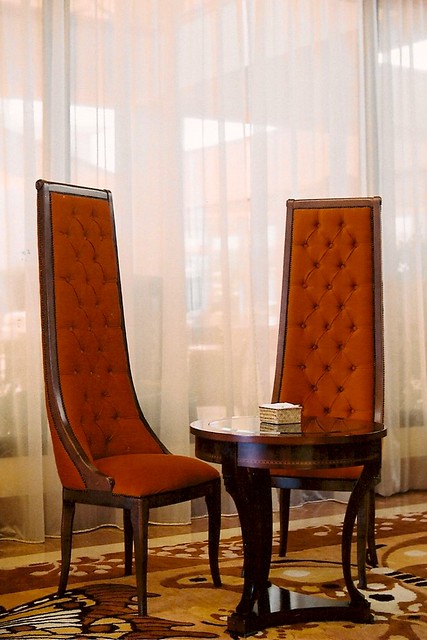alexnotalex
Well-known
Dear RFF experts,
Still less than 20 rolls into rangefinder and manual exposure technique, I'm wrestling with how to tell good exposure from bad. I understand that it's subjective, and there are many ways to expose the same shot... but I'd like to improve my exposure eye and, to tell you the truth, I'm not entirely sure of what to look for.
So, in your opinion, are these two shots under or over exposed, or pretty OK? Difficult lighting in both situations.
Canon P and uncoated Summar, ISO 200 Fuji Superia.
Many thanks for your comments, all are welcome!
best,
Alex


Still less than 20 rolls into rangefinder and manual exposure technique, I'm wrestling with how to tell good exposure from bad. I understand that it's subjective, and there are many ways to expose the same shot... but I'd like to improve my exposure eye and, to tell you the truth, I'm not entirely sure of what to look for.
So, in your opinion, are these two shots under or over exposed, or pretty OK? Difficult lighting in both situations.
Canon P and uncoated Summar, ISO 200 Fuji Superia.
Many thanks for your comments, all are welcome!
best,
Alex







